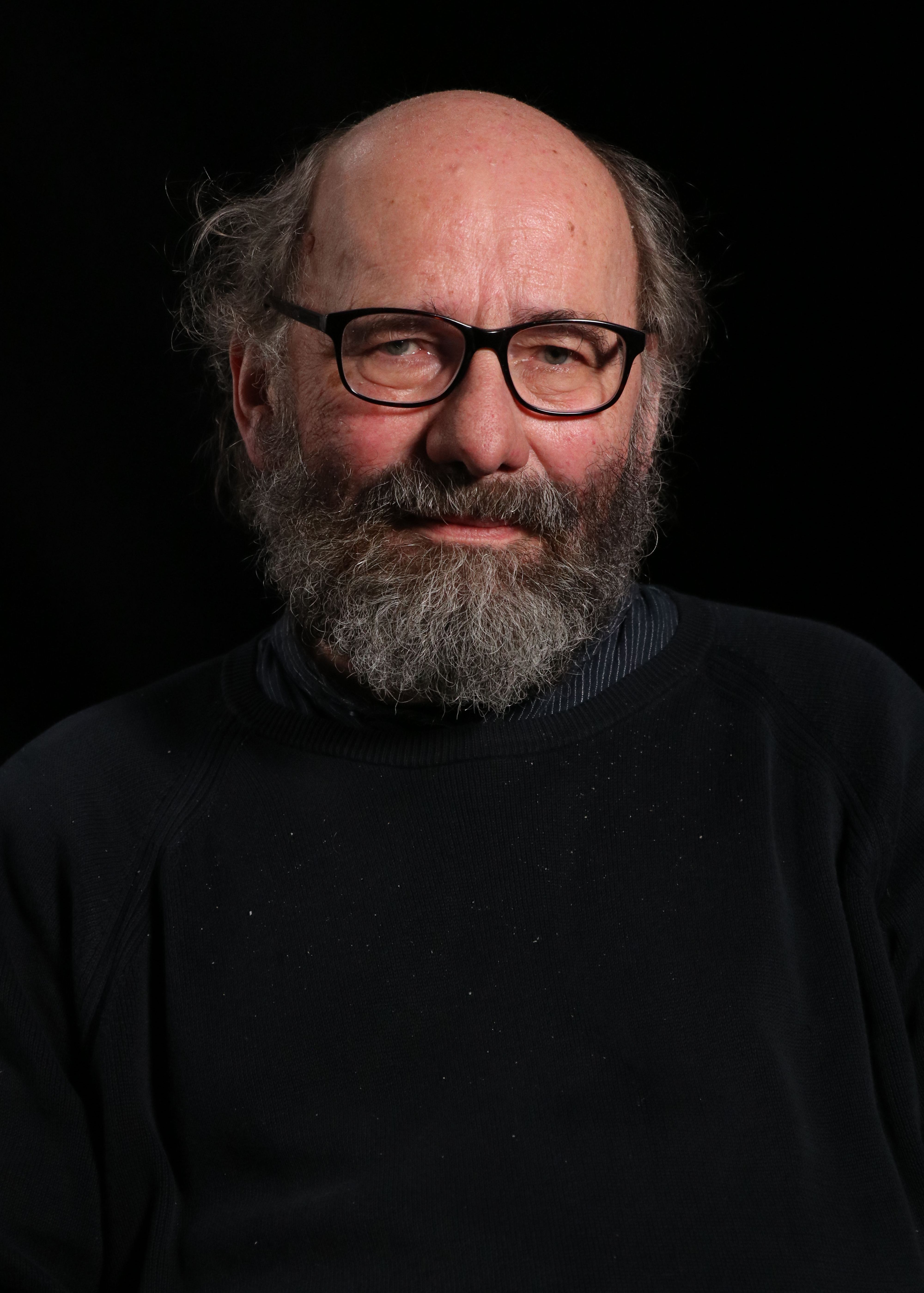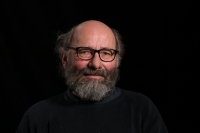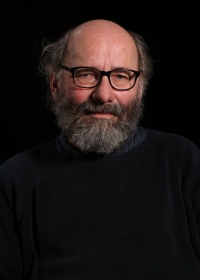We learnt to be modest, so the regime couldn‘t get to us

Stáhnout obrázek
Dušan Šimánek was born on 9 March 1948 in Příbram. During his studies at the Secondary School of Applied Arts he began to take photographs. During the Prague Spring, he met regularly with a group of artists around the Platýz Gallery, who organised music, theatre and art events called the Markets under Canvas (Trhy pod plachtou). After the August invasion, he and the artists helped various editorial offices that went underground. In the second half of the 1970s, he studied photography at Film and TV School of Academy of Performing Arts in Prague (FAMU), one of his lecturers was Anna Fárová, a photography historian and theoretician. He continued to work with her after she left the school and signed Charter 77, helping her, for example, to process the photographic estate of Josef Sudek. From 1979 he participated in exhibitions of the group 9 and later 9&9 in the foyer of the Drama Club, again informally organised by Anna Fárová. The group‘s cooperation resulted in 1981 in a legendary photographic exhibition in the former monastery in Plasy. In addition to these joint projects, Dušan Šimánek created the photo series Silence (Ticho), in which he photographed the walls of abandoned flats in the disused Žižkov area. One of his most recent works is the photo series Herbarium for the 22nd Century (Herbář pro 22. století).

